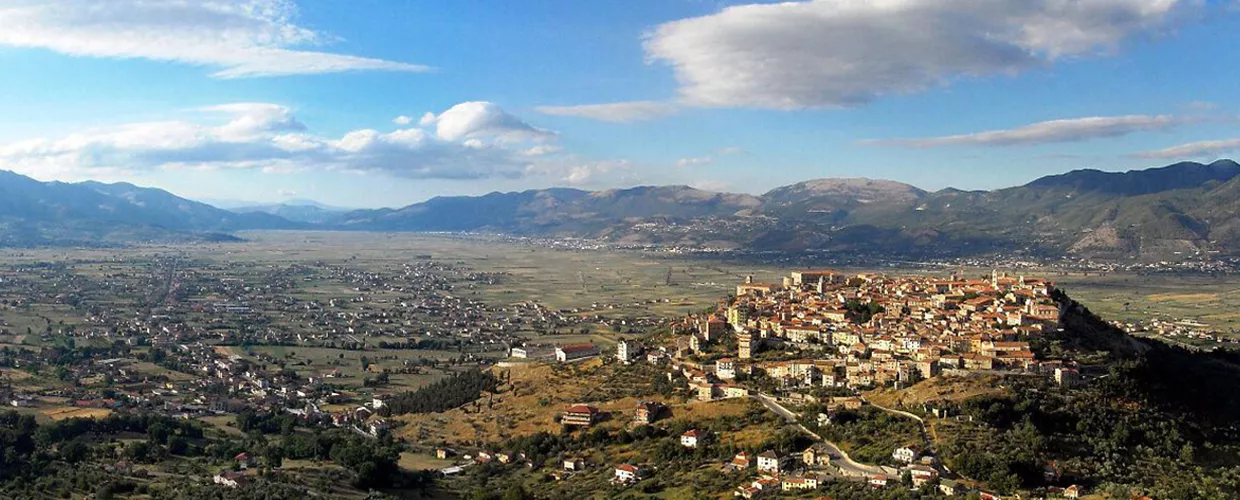
Overview
Teggiano: art, history, landscapes
In the heart of the Vallo di Diano, a UNESCO heritage site
Where does the Vallo di Diano get its name? To find out, take a walk through the historic centre of Teggiano. Its location is in itself really peculiar, since it lies on top of an isolated hill, standing out in the vast, flat expanse of the valley of Diano. Partly enclosed by ancient walls, Teggiano enshrines a remarkably rich artistic and cultural heritage, made up of churches, a castle, and ancient ruins which over the centuries have been used as building materials for other structures. It is nice to wander around its streets and try to pick up traces of the past here and there.
Thanks to its favourable central position, it has always been a hub of culture and historical events. It was in its castle, for example, that in the 15th century the so-called "Conspiracy of the Barons" against Ferrante of Aragon, King of Naples, was hatched. You can breathe centuries of history when you walk through its streets, but above all you can enjoy from its Belvedere an incomparable view of the surrounding valley. All this beauty could not but deserve recognition: together with the National Park of Cilento, Vallo di Diano and Alburni, it is a UNESCO World Heritage Site.
The church of San Francesco is among the most striking in Teggiano. Its stone façade reflects Franciscan simplicity, and the portal bears the date of construction: 1307. Inside the church, preciuos fragments of 14th- and 15th-century frescoes emerge. Astonishing is the suspended ceiling, with its original watercolour paintings on wood. An interesting fact: this was the only church in town to remain active even during the Napoleonic era, since it was dedicated to Saint Joachim, “namesake” of Joachim Murat, King of Naples.
There are several theories regarding the foundation of Teggiano: some say it was founded by Greek colonists who arrived from Tegea; others trace it back to the Osco-Sabellic populations, driven here by the expansion of the Etruscan civilisation, and still others believe it was founded in the 4th century A.D. by the Lucanians. Over the centuries it was home to many powerful families and was involved in a number of conflicts: that's why the village was provided with walls and a castle.
But then again, what does the name "Teggiano" have to do with the valley of “Diano"? As a matter of fact, Teggiano (coming from the Latin name of the town, "Tegianum") was adopted only in 1862, when the newborn Italian government asked the municipalities of the Vallo di Diano to avoid homonyms with several other Italian municipalities with the same name. Prior to this, the village had been called Diano since the 5th century A.D. and it was this that gave the name to the valley.
84039 Teggiano SA, Italia